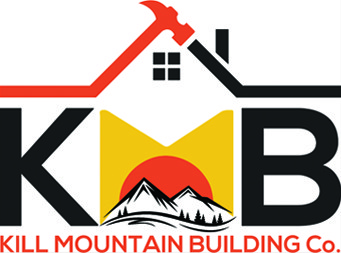After carrying out some much-needed research and weighing out your options, you’re finally ready to make the big jump to a modular home setup. Modular homes are incredibly different from a traditional housing setup, and it has its fair share of advantages that are definitely worth looking into above all else. With lower prices, undeniable durability, appealing styles, and long-life guarantees, such structures have become a worthy consideration for those looking to move into modern spaces without breaking the bank!
With your move-in day on the horizon and your chosen supplier ready to help you put everything together, there are various details that you’ll need to account for. Naturally, embarking on the process of investing in your new home will also lead you to ask all sorts of questions, one of which being: how are modular home codes different from manufactured home codes?
Delving into the Difference
Unbeknownst to most people, modular homes have different building requirements compared to manufactured homes—which is why Kill Mountain Building Co. urges aspiring homeowners to look deeper into the details.
It may be easy to confuse one method for the other because they’re both built off-site in a home building facility and have identical building methods. However, there are some crucial differences regarding their building codes.
Building Code Standards for Modular Homes
After reading everything so far, you probably think that the U.S. Department of Housing and Urban Development (HUD) has a specific Code for modular home buildings. However, there is no such code so far.
In terms of standards and compliance, modular homes are built according to state and local building codes. Through the help of these guidelines, builders like Kill Mountain Building Co. ensure that the built structure complies with your area’s applicable codes. Everything from your home construction plans to the execution of your preferred design is sure to meet all local and state mandates.
Site-built and modular homes follow home building standards that vary by state and local government bodies—such as counties, cities, or townships. In recent years, most states have adopted their local building standards from the International Code Council® instead of writing and enforcing their own codes. As of 2018, 49 out of 50 states in the U.S. have either adopted the IRC® or currently use some version of it.
Modular Home Requirements
Certain states have variations in terms of their specific modular home requirements. These largely depend on whether or not there are existing regulations for such structures. Here are some examples of variations to watch out for:
- Louisiana requires modular home builders to submit construction plans to local regulators for review and approval;
- North Carolina and South Carolina have standards about the appearance of a modular home that regulate factors such as the roof pitch, exterior appearance, and foundation type of a built structure;
- Tennessee has more lenient requirements regarding minimum roof pitch, overhand length, and foundation wall.
If you’re unsure when it comes to the modular home requirements in your state, then it’s ideal to consult with experts such as Kill Mountain Building Co.’s representatives!
Conclusion
Buying or investing in a modular home is something that seems straightforward, but the reality is that things can get complicated once it comes to local guidelines and building codes. Fortunately, keeping these requirements in mind will allow you to keep an eye on the necessary considerations when preparing for your building and application processes!
Are you looking for modular houses in New Hampshire to live in, rent out, or invest in? Kill Mountain Building Co. has got you covered. Get in touch with us today!
